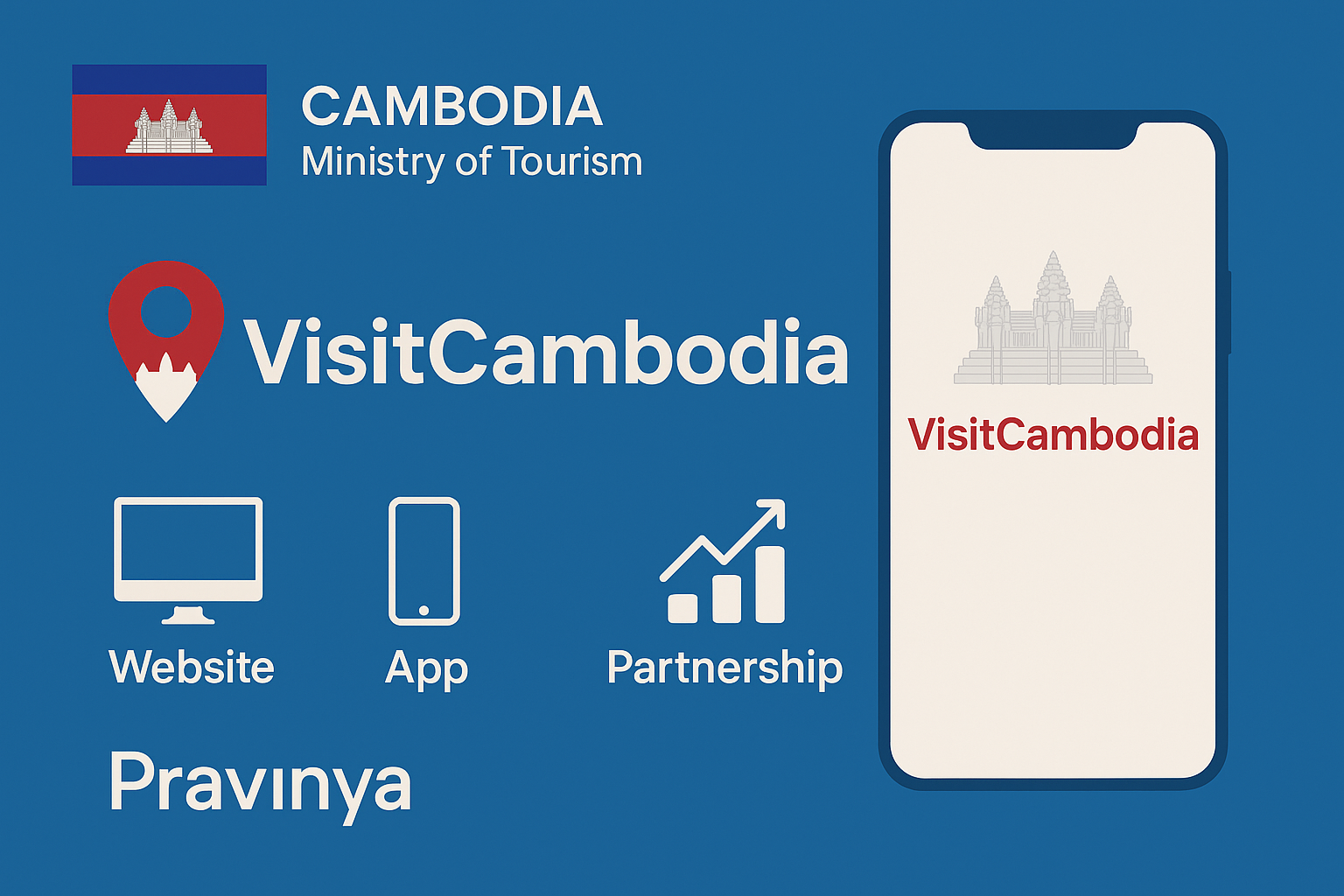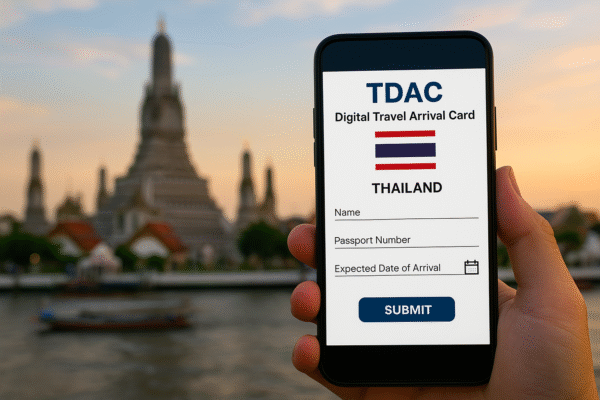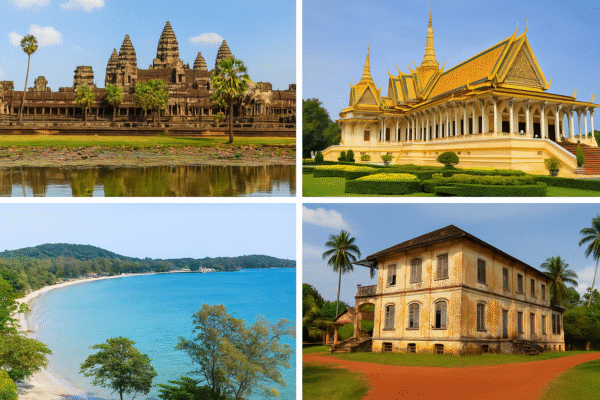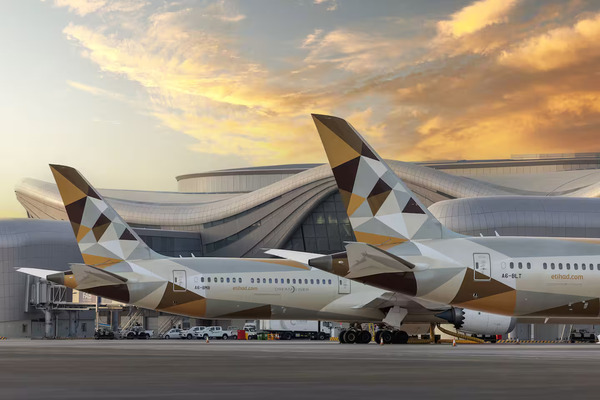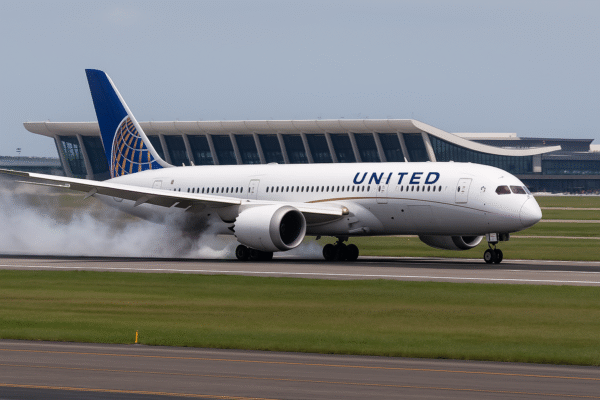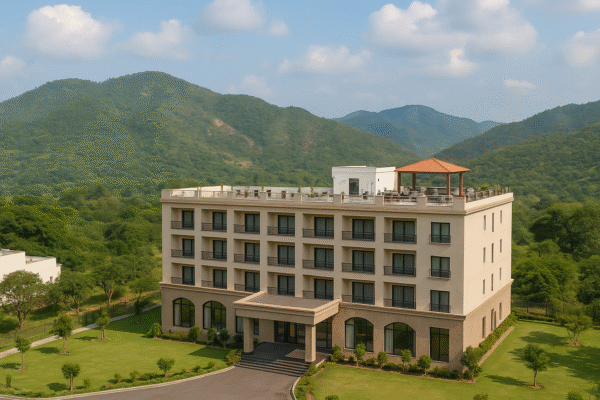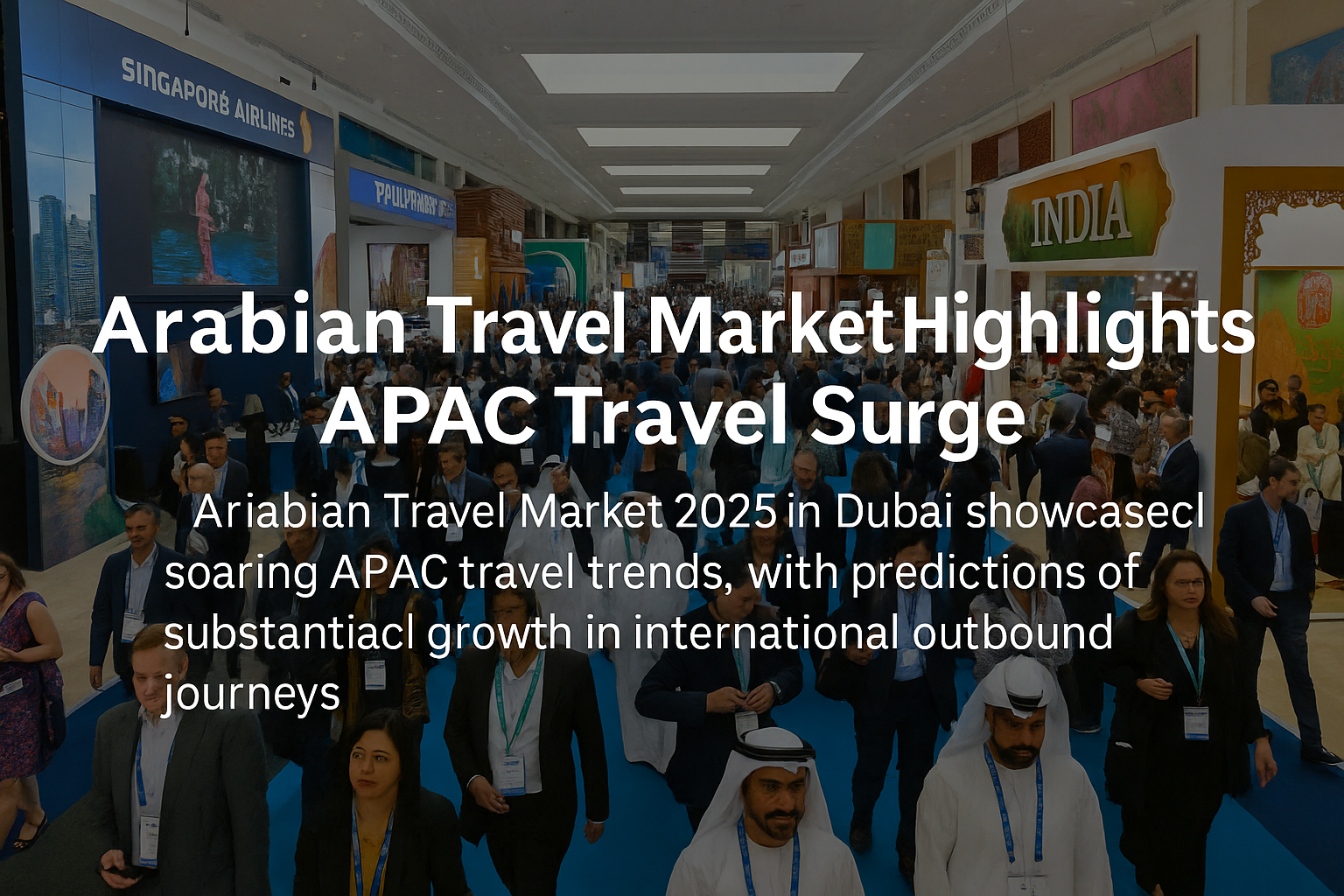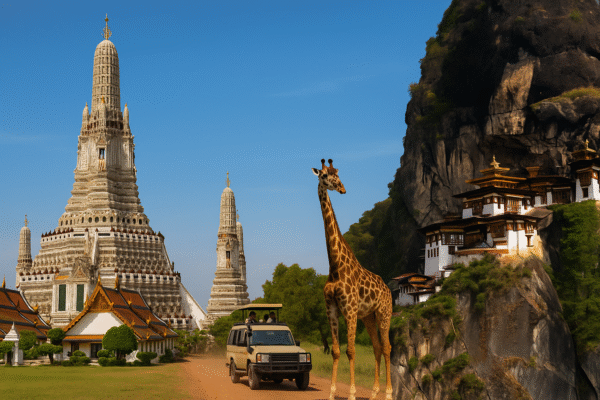The Asia Pacific (APAC) region is propelling global tourism into a new era, and the spotlight was firmly on its booming travel industry at the 2025 edition of Arabian Travel Market (ATM) in Dubai. Experts, analysts, and destination leaders gathered to unpack trends shaping the world’s fastest-growing outbound market.
According to projections revealed during ATM, international tourism spending by APAC travelers is expected to reach US$2.5 trillion by 2029, with domestic travel within the region surpassing US$4.3 trillion. These figures signal an annual growth rate of 7%, reinforcing the region’s expanding influence on global tourism flows and consumer behavior.
APAC’s Digital Dominance and Cultural Curiosity Lead the Way
In a standout panel session moderated by Mingie Wang of China Daily, industry thought leaders including Alhasan Aldabbagh (Saudi Tourism Authority), Gary Bowerman (Check-in Asia), Boon Sian Chai (Trip.com Group), and Shahab Shayan (Dubai Department of Economy and Tourism) discussed how digital innovation and cultural storytelling are redefining the APAC traveler experience.
Key findings revealed that 75% of bookings across the region will be made online by 2025, with mobile-first travel platforms becoming the primary tool for planning and transactions. Travel discovery is now heavily driven by short-form video, peer recommendations, and pop culture content on platforms like TikTok, Bilibili, and Red Note.
Social content, particularly from films, music tours, and sporting events, is directly influencing destination choice:
- 60%+ of travelers plan trips around concerts or major events
- 40%+ are influenced by social media
- Destinations featured in TV shows and films are seeing spikes in bookings
Thailand, for example, has experienced increased travel demand linked to international exposure from series like The White Lotus, showcasing how cinematic appeal can drive real-world tourism revenue.
UAE and Saudi Arabia Strategically Target the APAC Market
Recognizing the APAC region’s vast potential, Middle Eastern destinations are tailoring their strategies to match local preferences.
Dubai, under its D33 Economic Agenda, is leveraging regional platforms and content in multiple Asian languages to connect with younger demographics. With excellent connectivity via Emirates and flydubai, the city is becoming more accessible to APAC travelers looking for luxury, culture, and year-round sunshine.
Saudi Arabia, still a relatively new entrant in the APAC tourism market, is prioritizing hyper-localized experiences. From customized culinary offerings and holiday-aligned campaigns to collaborations with APAC media, the kingdom is working to resonate on a cultural and emotional level with audiences across 49 APAC countries.
China and India: Driving APAC’s Tourism Spend Surge
Chinese travelers continue to rank among the highest global spenders, averaging US$300 per person per day on travel, food, and shopping. According to Tourism Economics, overnight stays by Chinese tourists in the Middle East are expected to increase by 189% by 2030.
Meanwhile, India is emerging as a dominant outbound market, contributing significantly to both leisure and business travel. The growth in Indian business travelers is helping fuel the expansion of the MICE (Meetings, Incentives, Conferences, and Exhibitions) segment.
With APAC expected to account for the largest share of business tourism nights, destinations across Europe, the Middle East, and North America are intensifying efforts to accommodate and attract year-round group and corporate travel from the region.
Sustainability Takes Root Among Young APAC Travelers
APAC’s younger generations—especially Millennials and Gen Z—are prioritizing eco-conscious travel. Research from Trip.com presented at ATM showed that 30–40% of APAC youth are willing to pay more for sustainable tourism, including:
- Booking eco-certified accommodations
- Supporting local small businesses
- Participating in culturally respectful experiences
- Minimizing plastic and resource usage during trips
Destinations embracing sustainability—like Bhutan, Japan, and New Zealand—are gaining a competitive edge among value-driven and ethically aware travelers.
Looking Ahead: Intra-APAC Travel Thrives While Long-Haul Grows
While intra-regional travel accounts for 61% of all trips within APAC, long-haul travel is on the rise. By 2029, one-third of outbound APAC travelers are expected to venture beyond the region, creating new opportunities for destinations in Europe, Africa, and the Americas.
To effectively capture this market, destinations must go beyond basic translations. As ATM 2025 emphasized, cultural relevance, co-creation, and emotional authenticity are the new currency in travel marketing.
Peer influence and localized engagement now drive conversions more than traditional ads. Travel brands that build trust through personalized content, digital integration, and community storytelling will be better positioned to thrive.
Final Thoughts: Asia Pacific is Reshaping the World’s Tourism Future
As Asia Pacific’s economic clout, digital fluency, and appetite for travel continue to grow, the global industry is witnessing a profound transformation. For tourism boards, hospitality operators, and travel platforms, understanding the APAC mindset is not just advantageous—it’s essential.
The Arabian Travel Market 2025 successfully highlighted these shifts and set the tone for what’s next. With Dubai set to host ATM 2026 in May, the global tourism community will once again return to the UAE to track the evolution of Asia Pacific’s travel revolution.
For more travel news like this, keep reading Global Travel Wire



